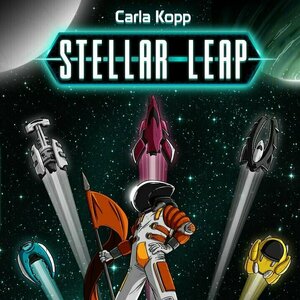
Pay with Rewards
Finance
App
Availability MasterCard Pay with RewardsTM is only available for select MasterCard cards. Please...

Pine
Book
They are driving home from the search party when they see her. The trees are coarse and tall in the...
Literary Fiction Scotland
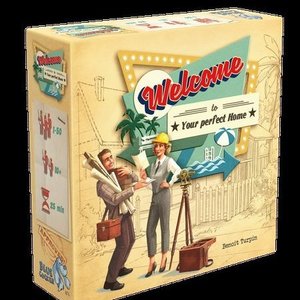
Welcome To...
Tabletop Game
As an architect in Welcome To..., you want to build the best new town in the United States of the...
BoardGames PartyGames 2018Games CityBuildingGames morethan6playergames

Star Wars: Armada
Tabletop Game
Rebel and Imperial fleets fight for the fate of the galaxy in Star Wars: Armada, the two-player...
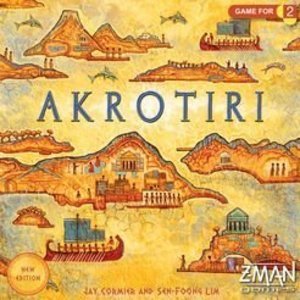
Akrotiri
Tabletop Game
Akrotiri places you in the role of an explorer in Classical Greek times, combing the then-uncharted...
BoardGames 2playerGames
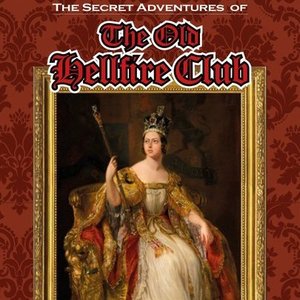
The Old Hellfire Club
Tabletop Game
Legendary are the tales told of The Hellfire Club. Since time immemorial we have decided the fates...

The Starfolk Arcana (The Starfolk Trilogy #1) by Martha Dunlop
Book
Destiny calls. Soulmates draw closer. One woman stands in the way. Beth trusts her psychic...
Urban Fantasy Paranormal
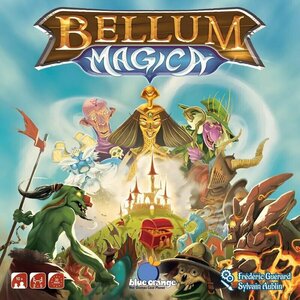
Bellum Magica
Tabletop Game
Each player represents an evil lord. Recruit creatures, ranging from simple goblins to terrifying...
Purple Phoenix Games (2266 KP) rated Stellar Leap in Tabletop Games
Apr 23, 2020
DISCLAIMER: We were provided a copy of this game for the purposes of this review. This is a retail copy of the game, so what you see in these photos is exactly what would be received in your box. We do not intend to cover every single rule included in the rulebook, but will describe the overall game flow and major rule set so that our readers may get a sense of how the game plays. For more in depth rules, you may purchase a copy online or from your FLGS. -T
Stellar Leap is, at its core, a worker placement game with elements of dice rolling, variable powers, and a modular ‘board’ sprinkled in. To setup, each player receives an individual player board and components, while the Galaxy is set up for use by all players. Players then add their home planet, as well as 1 population marker, to the Galaxy, and the game is ready to begin! Stellar Leap is played over a series of rounds in which players take turns performing any or all actions available to them.
To begin a turn, players first recover any Population markers that may have been exhausted on their last turn (more on that in a bit). Next, the player rolls the two dice, manipulating them with Special Dice Powers if desired, and resources are collected. The Galaxy is set up in columns, each column numbered 1-6, to which these dice rolls will correspond. If you have a Population marker on a planet in one of the columns that corresponds to your die roll (you have a Population in column 4 and you rolled a 4), you collect the resources provided by that planet. It is important to note that any player can receive resources from a die roll, even if it is not their turn!
The next phase of play involves three elements: Movement, High Command Actions, and Division Actions. There is no limit to the amount of Movement you can take on your turn, as long as you have resources available to perform that action. You may take two High Command Actions: Populate (add a new Population marker to a planet), Tax (collect any two resources), Discover (add planets/asteroids to the Galaxy), or Attack (fight an opponent located on the same planet as yourself). The same High Command Action could be performed twice on your turn, but you can only perform two per turn. The Division Actions can each be taken once per turn. Those actions are: Intelligence (complete a Mission), Mining (mine an asteroid for resources), or Labor (exhaust one of your populations on a planet to receive additional resources). Movement, High Command Actions, and Division Actions can be taken in any order on your turn – turns are not ‘set’ in a specific order and actions can be taken at your discretion. You also are not required to take every available action on your turn if you do not want to – your turns could be as long or as brief as you want them to be, depending on which actions you want to take.
At certain points throughout play, Events will be triggered. When an Event is triggered, draw the top Event card and resolve its effect. Some are resolved immediately, and some remain in play for the rest of the game. The game ends once six Events have been triggered. Players then tally up their Prestige points (earned by completing Missions, discovering planets, winning combats, and fulfilling their secret objectives), and the player with the highest Prestige is declared the winner!
So as you can see, there is quite a bit going on in Stellar Leap. Admittedly, it seemed pretty daunting to me as I first read through the rules. But in all actuality, the game flows pretty efficiently and calmly. How? Player Reference cards! I absolutely looooove a game that includes good references cards for player turns because it makes it so much easier to check instead of digging through the entire rulebook for an answer. The Player Reference cards included in this game are well-written, clear, and concise, and that truly helps the game flow smoothly even though there are many elements to every turn. Another thing that I love about Stellar Leap is that you have so many strategic options. Everyone has their own secret objectives for end-game scoring to complete, but you also have to decide which Missions you’d like to accomplish to earn points as well. And do you want to risk many combats, or would you rather live harmoniously with your opponents? When adding planets/asteroids to the Galaxy, you also have to strategize where you should put them – do you want them close to you for easy access? Or do you want to keep them as far away from opponents as necessary? The modular board makes this a different game every time you play, so you can’t just pick a blanket strategy for every play.
The only thing that gives me pause with this game are the rules regarding Movement. You pay certain resources to move, but it depends on the ‘threat level’ of the destination as well as its location in your Solar System or a neighboring Solar System. It just was a little tricky to keep track of how many of each resource I had to pay to move, when moving more than just one planet away. That aspect takes a little bit more concentration, but other than that, the game gave me no issues.
Speaking of no issues, let’s touch on components. The player boards are dual-layered and they are awesome. The text is clear, the organization is logical, and they are just of a great quality. The cards are nice and sturdy, the ‘meeples’ are cute and chunky, and the cardboard chits are good too. The space theme is definitely translated well in this game, and that adds to the immersion.
Overall, I would say Stellar Leap is stellar. (Ha, see what I did there?) The gameplay is engaging and the strategy is adaptable. Some of the rules seem a little tedious in some aspects, but for the most part, they are logical and easy to remember. Weird Giraffe Games is a publisher that has made a blip on our radar, and we are excited to see what other games they will put out in the future – we’ve been impressed so far! Purple Phoenix Games gives Stellar Leap an other-worldly 9 / 12.

